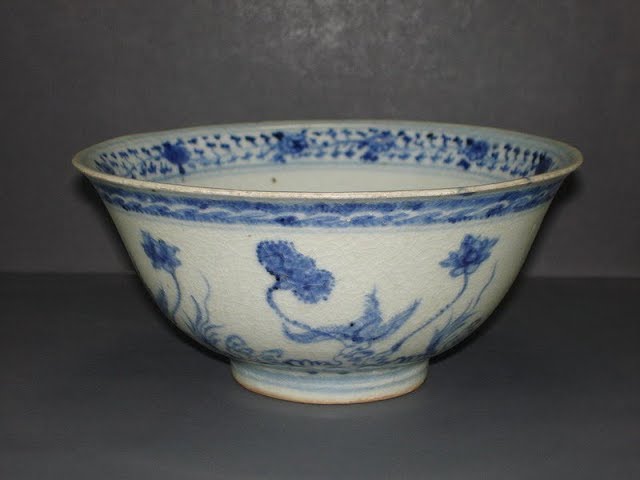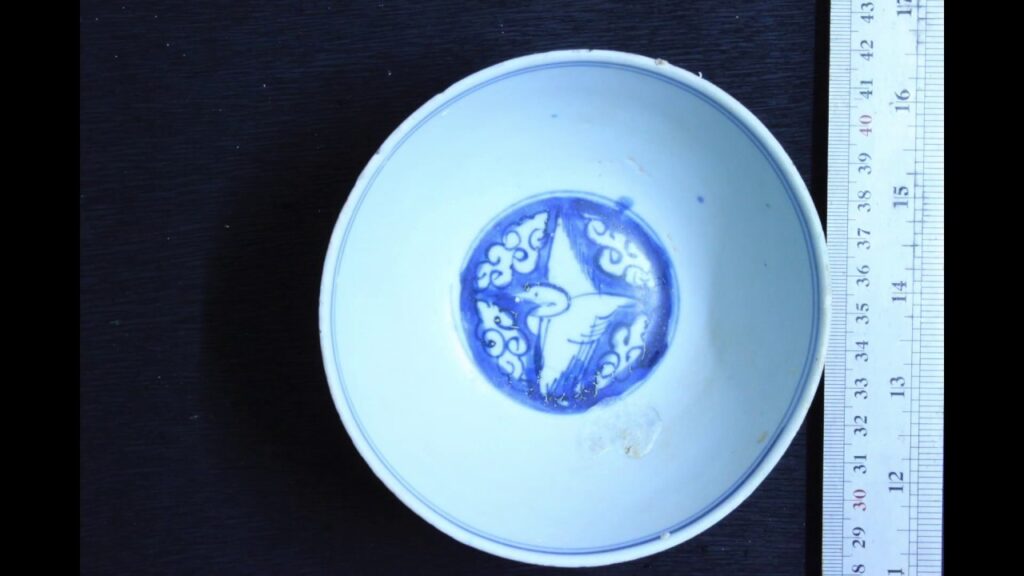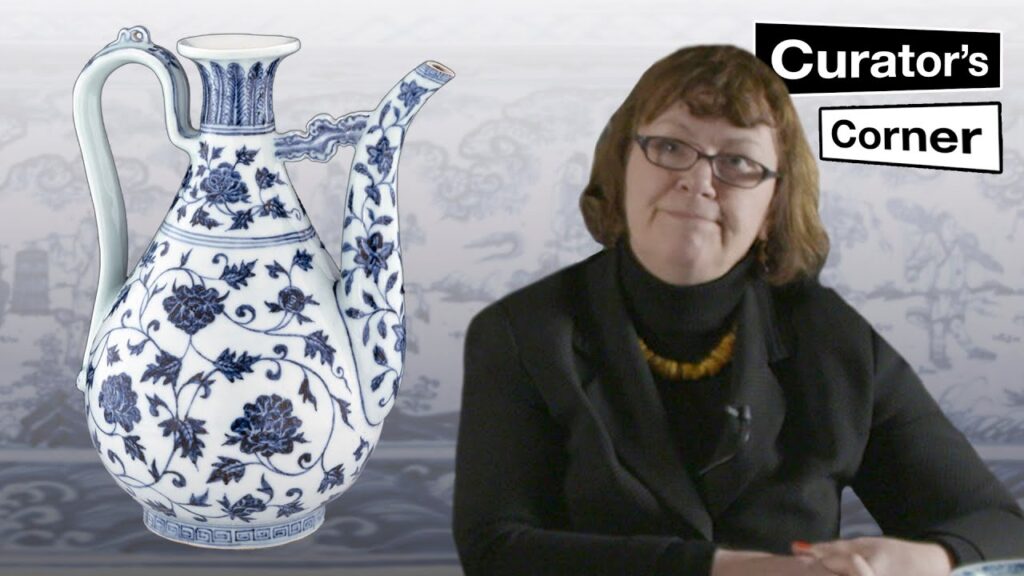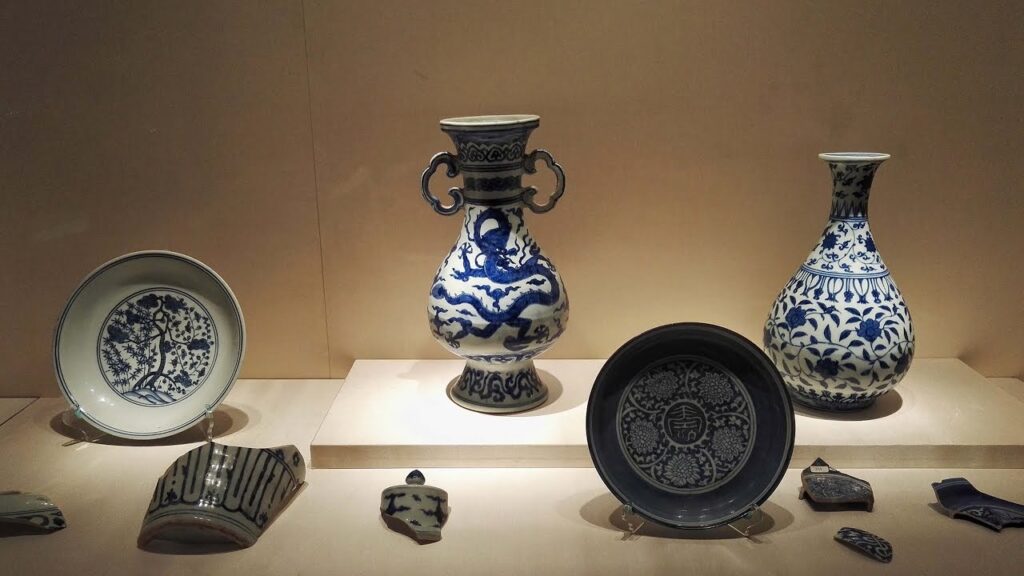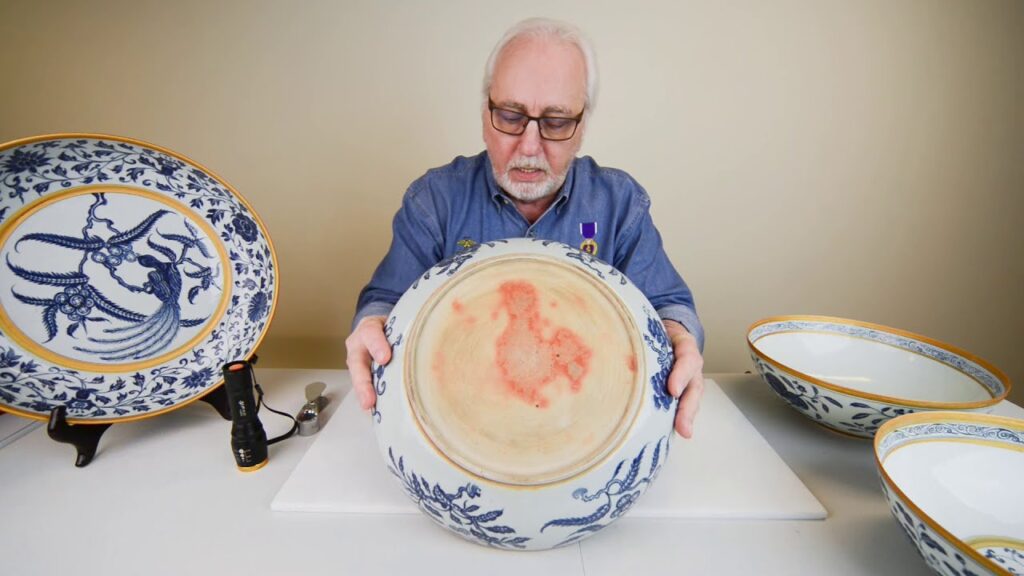Ming dynasty blue and white bowl with flower motif part 1 青花瓷
Please like and subscribe thank you for watching.
Ming dynasty blue and white bowl with flower motif part 1 … this video for studying and comparison.
青花瓷
Pigura Asian Art 2019
Please click subscribe for more interesting video of Antique Chinese Porcelain.
#chineseporcelain #asianart #mingdynasty #mingblueandwhite

